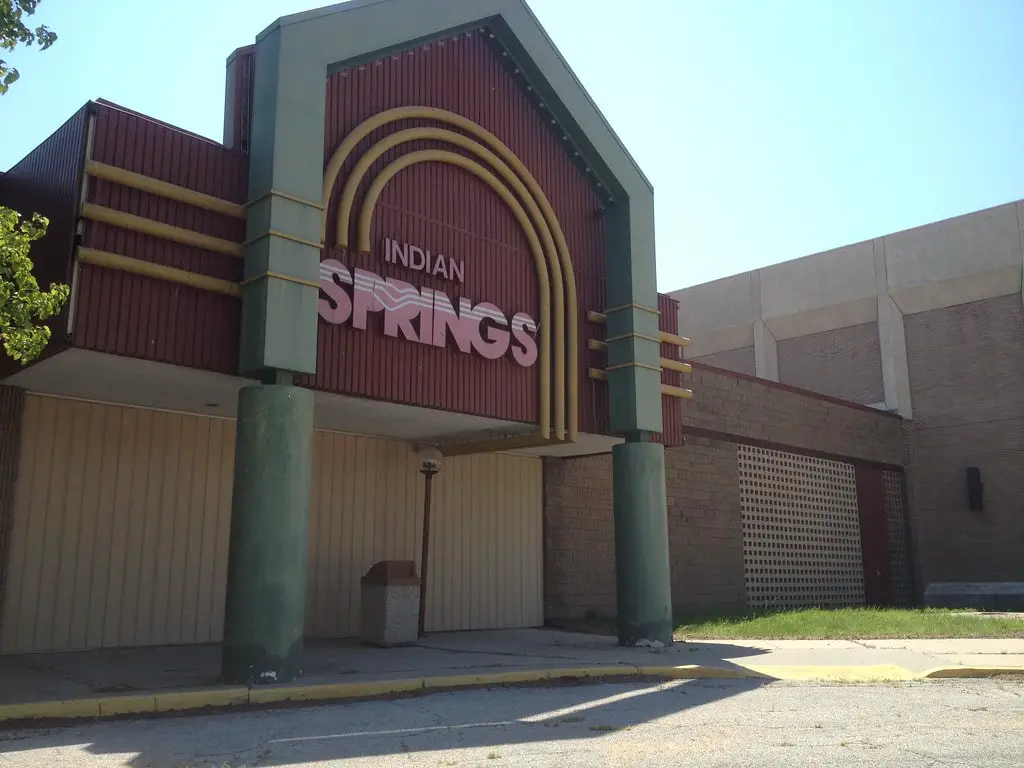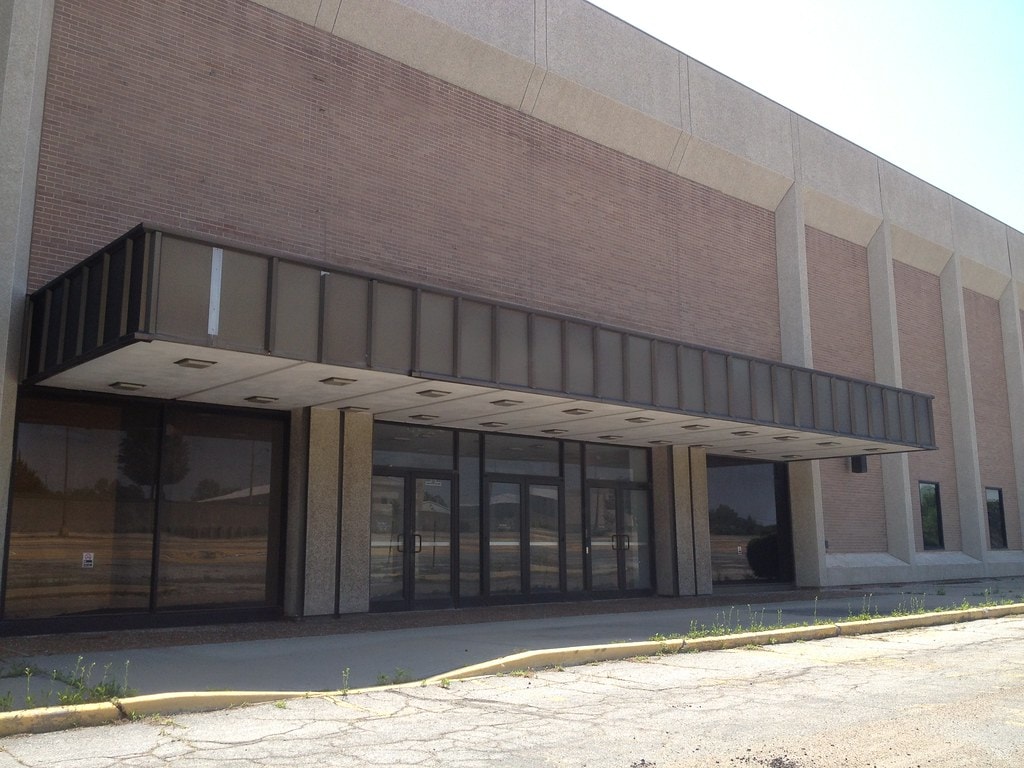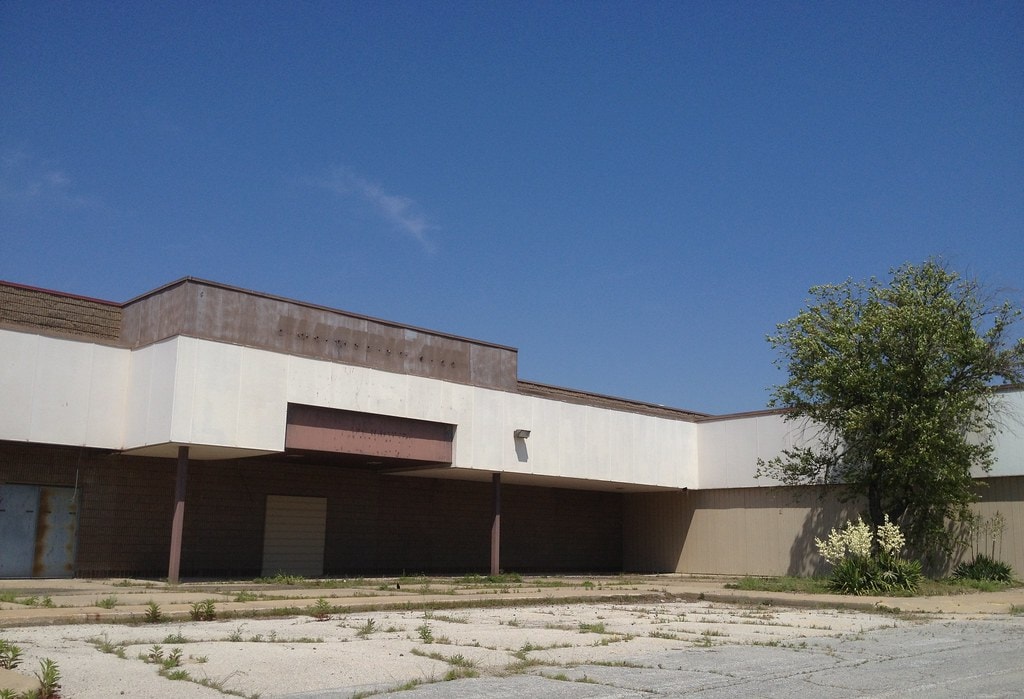The Glory Days of Indian Springs Mall
Remember the days when Indian Springs Mall was the place to be? Opened in 1971, it was more than just a shopping center; it was a community hub. With anchor stores like JCPenney, Montgomery Ward, and Macy's, the mall was a retail paradise that drew crowds from all over Kansas City and beyond.
But it wasn't just the shopping that made Indian Springs special. The mall was known for its unique features, like its fountains, walking maze, and the talking Christmas tree that became a family holiday staple. These features made the mall a destination, not just a place to pick up a new pair of shoes or a kitchen appliance.
The mall was bustling, full of life and energy. Weekends were jam-packed, with families spending their Saturdays shopping and dining and teenagers hanging out with friends. It was a place where memories were made, a cornerstone of the community that seemed as if it would stand the test of time.
The Decline
Fast forward to the early 2000s, and the picture starts to change. Major retailers began to exit, leaving empty storefronts in their wake. The mall started to lose its luster, and the crowds began to thin. The high crime rate in the area and the changing retail landscape contributed to the mall's decline.
The mall became what is often referred to as a "dead mall," a term that captures the emptiness and desolation that replaced the once-vibrant atmosphere. The fountains stopped running, the walking maze was neglected, and the talking Christmas tree was silenced. It was a sad sight, a stark contrast to the mall's heyday.
The End of an Era
By 2016, the mall had closed its doors for good, and the Unified Government of Kansas City took ownership of the property. The mall was demolished, marking the end of an era. The government's ownership wasn't just symbolic; it had a financial toll on taxpayers, costing them more than $19 million.
The city had initially planned a new retail development in place of the mall. However, those plans never materialized, leaving the land vacant and the community wondering what would come next. The mall's demolition left a physical and emotional void for those who had grown up with it as a part of their lives.

A Flicker in the Dark
In 2019, there was a glimmer of hope on the horizon. A local food service company, Scavuzzo's, had shown interest in the site, with plans for a potentially $140 million investment. The preliminary plans included extensive office and warehouse space, which could bring much-needed jobs to the area.
The ambitious Foodie Park project was once the beacon of hope for the Indian Springs Mall site. Aiming to transform the area into a culinary haven, the Unified Government Economic Development and Finance Committee officially terminated the project in 2022.
While the exact reasons remain undisclosed, it's speculated that the pandemic and rising construction costs played a role. The termination was amicable, avoiding any legal disputes, but it left the community pondering what could have been.
The end of the Foodie Park project was a significant blow to both the developers and the local community. The land, partially sold to the developers, is now expected to revert to government ownership.
This adds another layer of complexity to the site's future, which has seen multiple failed development attempts over the years. Despite the setbacks, there's a collective sense of resilience and optimism for what the future could still hold for this iconic site.
Voices from the Community
The Unified Government Commission meeting became a stage for various redevelopment ideas for the Indian Springs Mall site. Proposals ranged from an innovation park to an electric vehicle charging destination. However, the absence of the usual planning and zoning pipeline raised eyebrows and questions about the feasibility of these plans.

Community input is considered crucial for the success of any future projects. The residents are not just passive observers; they have actively suggested alternatives like a large grocery store or a community center. The community's sentiment is clear: any development should serve their needs and contribute to the area's revitalization.
A mixed-use development proposal also emerged, featuring elements like a hotel, a quick-serve restaurant, and retail operations. Although no concrete actions were taken, the ongoing dialogue between the community and authorities indicates a mutual interest in shaping the future of the Indian Springs Mall site.
Legal and Developmental Challenges
In recent years, the mall's site has been a hotbed of legal and developmental challenges. A minority-owned developer even sued the Unified Government over the procurement process for the site, adding another layer of complexity to its future.

What Lies Ahead
Financially, the new development could relieve KCK taxpayers, who have been on the hook for the mall since its demolition. Records show that the Unified Government owes debt payments for the old mall property, roughly $1.4 million annually until 2027. If realized, the new plans could offset some of these costs.
The future of the Indian Springs Mall site remains uncertain, but what is clear is that it continues to hold a special place in the hearts of those who remember it. As new plans emerge, the community watches with bated breath, hopeful that this iconic location will once again become a cornerstone of the community.
Conclusion
The story of Indian Springs Mall is a compelling narrative of urban development, community engagement, and economic challenges. As new plans for its future unfold, one can't help but wonder what the next chapter will hold for this once-iconic location.
The mall's story is far from over, and it remains to be seen how it will adapt to the changing times and what it will mean for the community that has watched it evolve over the years.

I love Wyandotte County. But, its past and it's politics are holding ir back.
Thank you for your candid thoughts on Wyandotte County and its challenges. The growth potential is enormous. Thank you for speaking up.